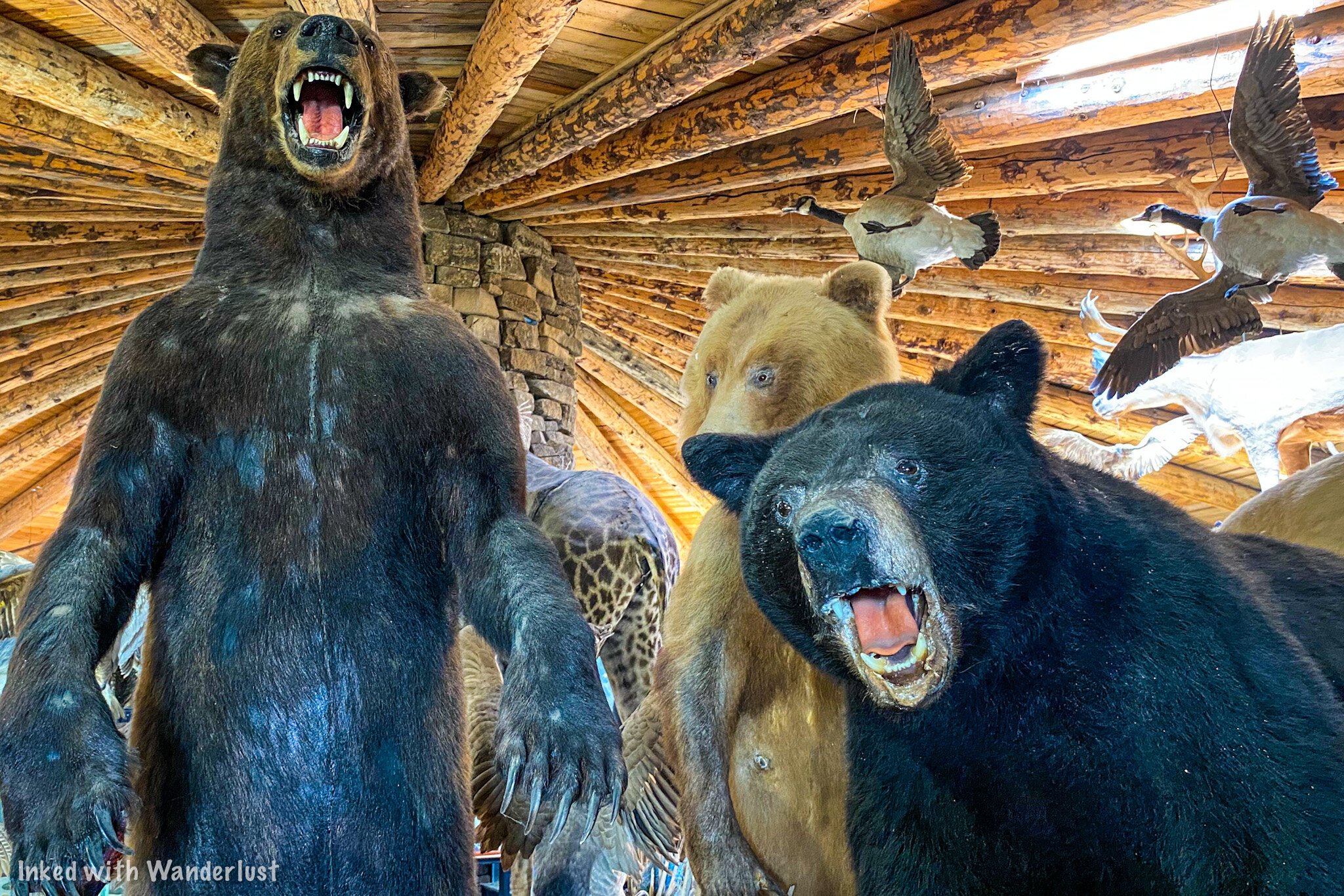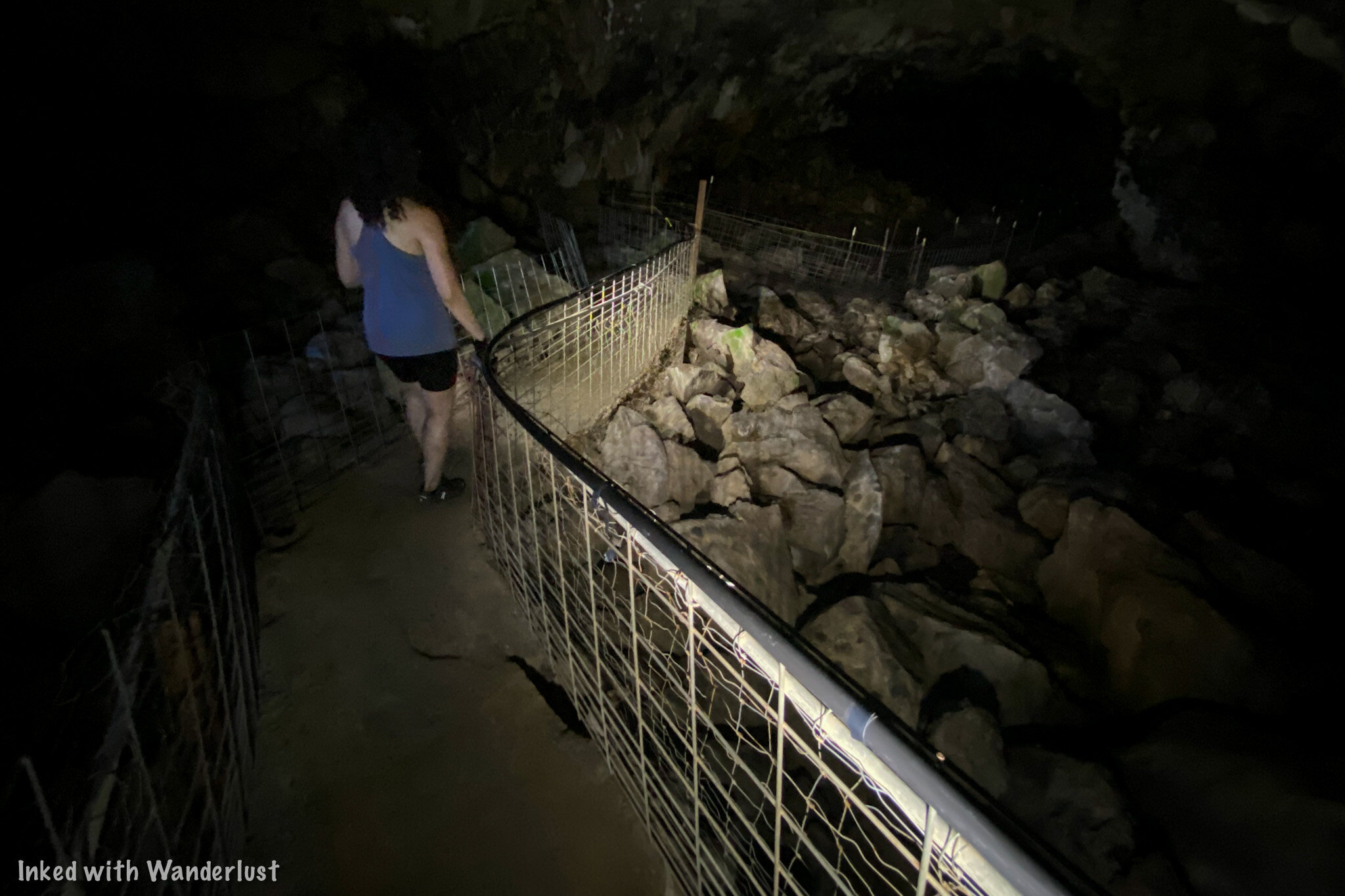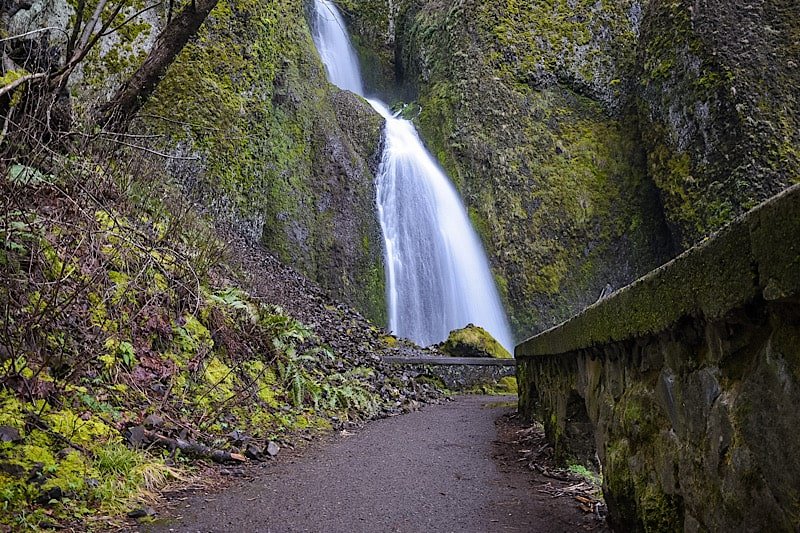Idaho’s Mammoth Cave: The Perfect Family Friendly Destination
Southern Idaho is so packed full of amazing natural wonders you could easily spend the entire month exploring it all. One of them can be conveniently found just 8-miles north of the historic town of Shoshone.
We’re referring to, “Idaho’s Mammoth Cave”, a volcanic cave formed by a massive eruption millions of years ago. It was discovered in 1902 by settling sheepherders and is currently the largest volcanic cave in the world open to the public.
That’s not all this place offers, though. Also on site is what they dub, “Shoshone Bird Museum of Natural History”. It’s a massive collection of exotic animals, rare rocks, dinosaur fossils, and more!
Let’s get into it and fill you in on how you can visit this amazing place for yourself.
Mammoth Cave
Idaho‘s Mammoth Cave entrance sign. Shoshone, Idaho.
How To Get There
Address: 251 West Thorn Creek Street. Shoshone, ID 83352
If you’re coming from Shoshone or Twin Falls, Mammoth Cave will be on your left. You can’t miss it as you’ll see big blue wooden signs spelling out, “CAVE” (pictured above) just off the highway.
Idaho’s Mammoth Cave entrance. Shoshone, Idaho.
From here, continue another couple miles or so on a fairly well-maintained gravel/dirt road until you arrive at the pedestrian entrance and parking lot.
Find a spot to park along the fence line and walk through the entrance. You’ll see animal pens off to your left and a residential home up ahead. Continue walking until the path turns right to the Bird Museum. This is where you’ll pay the admission fee.
Admission Fees
Idaho’s Mammoth Cave. Shoshone, Idaho.
$12.00 per adult
$6.00 per child ages 6 - 12 years
Free for children 5 years and under
Your admission fee includes access to both the cave and museum. You can choose to skip the museum and only do the cave but it will not get you a discount. It’s also your choice on which order you’d like to do each attraction.
Bird Museum of Natural History
After we paid, we choose to walk through the museum first. Initially, I wasn’t excited about it because I’m not into birds that much. However, after walking in, I quickly realized it was much, much more.
The museum is packed to the gills with all sorts of native and exotic animals, birds, dinosaur and fish fossils, art artifacts, Native American pieces, rare rocks, minerals, and much more.
It’s touted as being one of the largest private collections in the world and we don’t doubt it. You could easily spend a couple hours or more exploring all the displays and is worth the price of admission alone.
When you’re finished looking through the museum, simply head out the same way you came in and let the attendant know you’re ready to explore the cave.
Mammoth Cave
Entrance to Mammoth Cave. Shoshone, Idaho.
After notifying the attendant that you’re ready for the cave, they’ll give you a quick run down on what to expect and hand each person a lantern. If you have your own flashlight, you can use that instead.
(We should warn you that there is NO natural or artificial light once you get past the cave’s entrance. The lantern was the only source of light. We turned ours off and couldn’t see our hands in front of our faces).
After getting your lantern, you’ll be directed down a dirt path that does a half circle around the building you were just in and towards the cave’s one and only entrance/exit.
Watch your head and keep an eye on the little ones. The entrance is a bit of a squeeze and you immediately begin a descent into the cave via a narrow path.
As you reach the bottom of the stairs and begin to make your way through the cave, you’ll begin to take notice of the unique color of the cave walls. This is due to a rare growth of mineral deposits that give the walls a look of pure silver.
You’ll also take notice of name markings on the walls. This was not due to vandalism (well, kind of). It was done by the early settlers who were the first to discover the cave back in 1902.
Many different animals made use of the cave for shelter such as bears, buffalo, and horses. The bones of which have been discovered along the cave’s dirt floor.
The walk from the entrance to the end of the cave is only 1/4 of a mile. At the end of the designated path, you’ll see a sign describing the scene ahead of you. The ceiling of the remainder of the cave is about 50 feet high and surrounded by thick layer of lava rock.
End of the trail. Mammoth Cave. Shoshone, Idaho.
From here, you’ll simply turn around and go back in the direction from which you came. In and out, you’re looking at a half mile’s worth of walking along an easy dirt path.
Adults and children of all ages would be able to complete the trail. You’ll need to watch your footing, but the occasional rock is your only real hazard.
Unfortunately, the sheer nature of the cave floor and its entrance would make it difficult for those with certain handicaps and impossible for those in need of a wheelchair. The museum, however, can be enjoyed by all!
Conclusion
We hope this article about Idaho’s Mammoth Cave has inspired you to visit this wonderful place for yourself. If so, please consider supporting our website by sharing it with your friends and family on social media. You can further show support by staying on and reading one or more of the articles above.
Safe travels and thanks for reading!

































